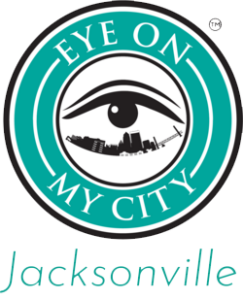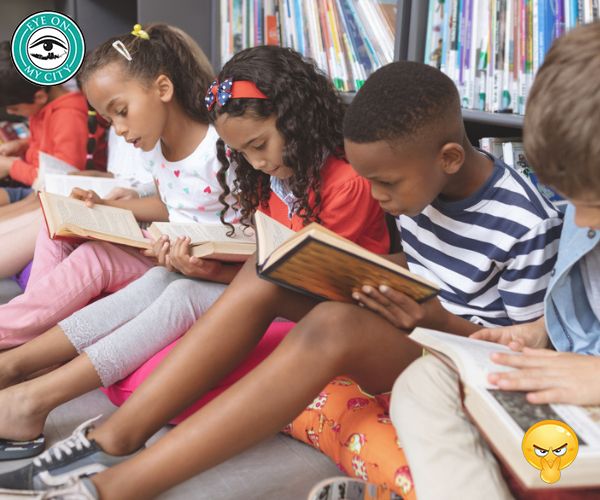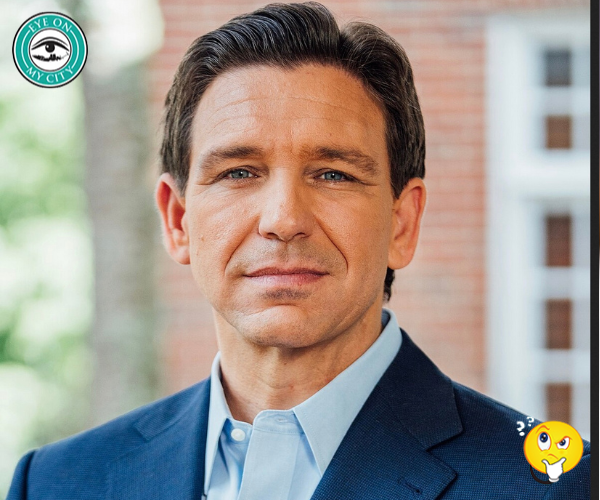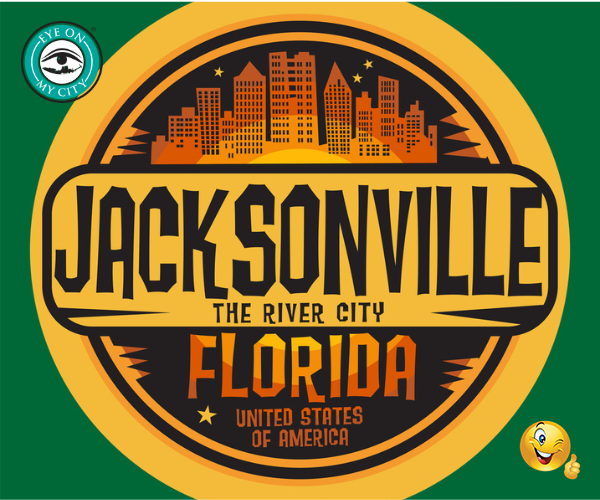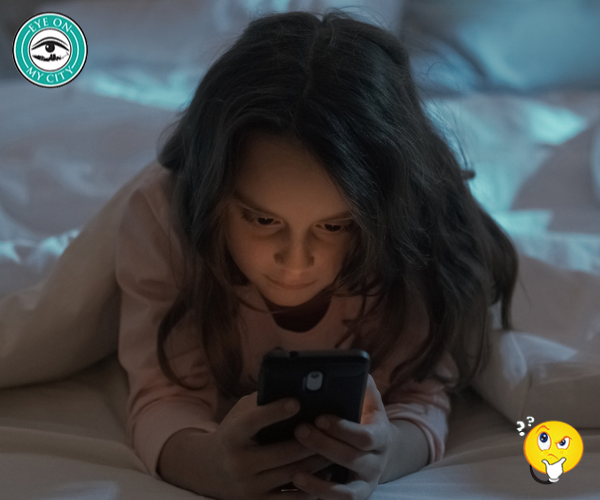By following liberal policies, the United States has managed to spend $1 trillion to fix a problem – and made it worse instead.
This was revealed when NAEP scores for 2024 were released, and it provides even greater justification for shutting down Jimmy Carter’s U.S. Dept. of Education, as President Trump has promised.
Seven in 10 American fourth graders are not proficient readers, meaning they struggle with reading grade-level literature and comprehending informational texts. Forty percent graded out at “below basic,” meaning they struggle with basic comprehension. In math, the picture is similar: six in 10 fourth graders are behind in math, former secretary of education Betsy DeVos said.
She said America would be better off without the department she once headed because “the Department of Education has almost nothing to do with actually educating anyone.”
The federal agency mainly is a funding mechanism that supplies about 10 percent of money for local school districts. That comes from what is left after being filtered through a huge bureaucracy and goes mostly into adult paychecks.
It is fairly well established that a child who cannot read by the end of the fourth grade has prospects as dim as a Democrat’s wit.
He is less likely to graduate from high school and more likely to go to prison.
Not being able to read makes it far more difficult to learn anything else.
Even though they are in Florida, which has been taking sensible steps to improve schools for the past 25 years, Duval County government schools are doing worse than in 2015 but still are about average for large urban school districts. The gap between students with dark skin and students with light skin is about where it was in 2015.
Local schools actually improved since 2015 but then slid back in the last couple of years.
One of the remedies under Gov. Jeb Bush was offering school choice, so that parents were not captive of the government school monopoly. Low-income students were the first to be helped and later Florida became one of the first states to offer universal school choice. There are now 13.
Today 2.2% of students attend private schools through an educational choice program, 6.8% participate in private school by other means (paying tuition themselves, private scholarships, and the like), 74.8% attend a traditional public school, 4.9% attend a magnet school, and 6.6% attend a charter school.
Additionally, about 3.2 million students are educated at home in grades K-12 in the U.S. (roughly 6% of school-age children), compared to 2.5 million in 2019, according to Brian Ray, president of the National Home Education Research Institute.
The NAEP tracks scores in reading, writing, math and science for 4th and 8th grades.
Total Duval scores in 2024 were about the same as New York City, worse than Hillsborough County and Miami and better than places such as Baltimore, Chicago and Philadelphia.
In the critical area of 4th grade reading, Duval scored 211 last year, down from 225 in 2015. Hillsborough was 8 points better and Miami and Orange County were 7 points better. The average for Florida was 218 and it ranked 10th among the states, up from 32nd in 2003.
In Florida 33 percent of 4th graders were proficient at reading. Nationally that number was 30 percent. For Duval it was 27 percent.
“The value of these results is that they serve as a lens into student achievement,” School Superintendent Christopher Bernier said. “Utilizing the results strategically, we can ensure the work to improve student outcomes for all remains an urgent priority. This information demonstrates there is serious work to be accomplished.”
Two things are obvious. Duval students need more help in learning to read, and the federal government is doing nothing to help.
